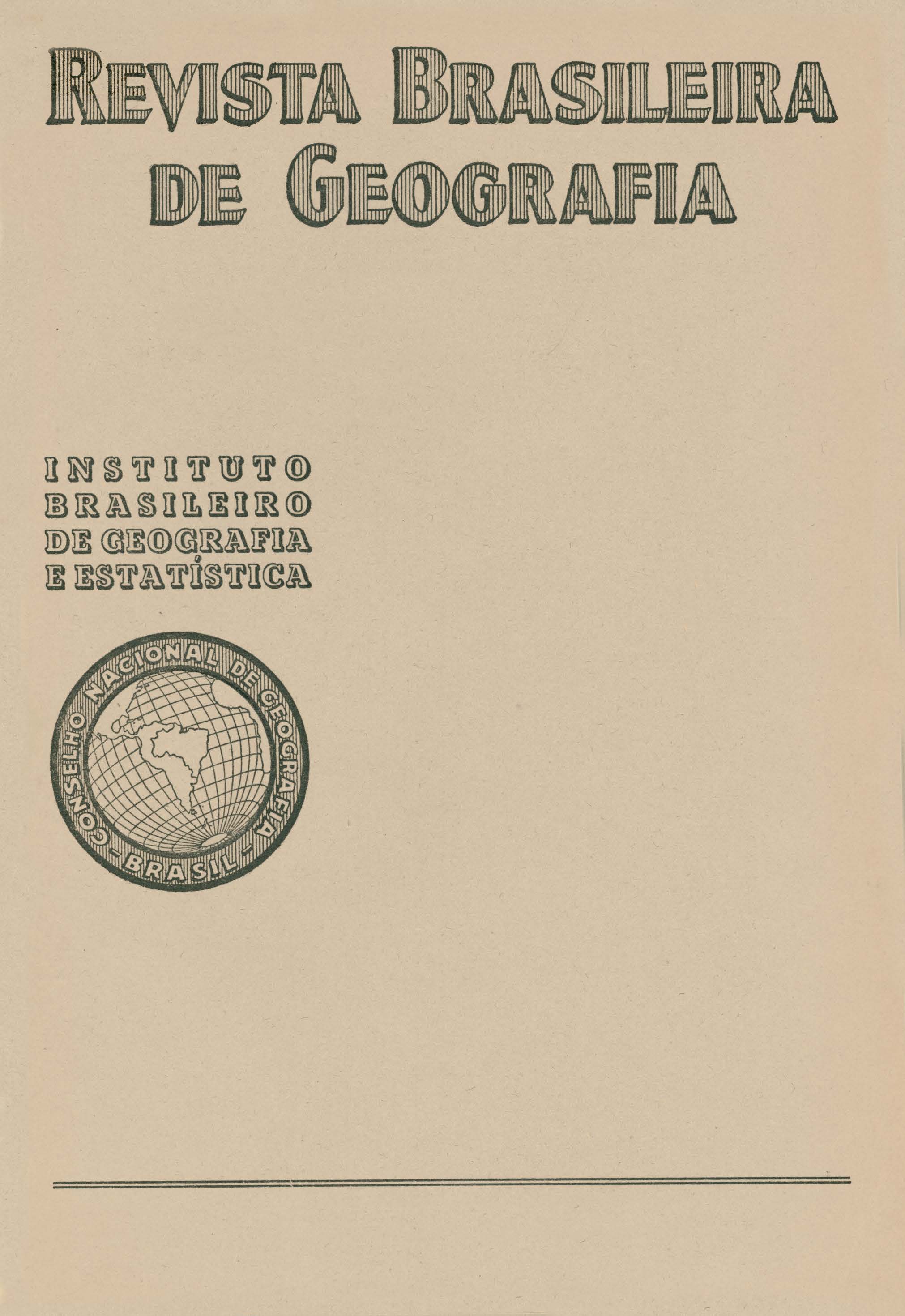A Distribuição normal das chuvas no Estado de São Paulo
Palavras-chave:
São Paulo;, ; Meteorologia – Precipitação;, Climatologia.Resumo
Engineer José Setzer, (Pedologist of the Department of Vegetal Production of the State of São Paulo), presents in this work, a study of the normal distribution of the rainfall in this State.
In order to elaborate on this study, the author assembled and verified all data which exist concerning the subject then proceeded to eliminate all values which are of no account. The means of all trustworthy data appear on 41 Tables which were organized by the author according to latitude. The values mentioned above were used as a basis in the preparation of 7 maps showing the distribution o f graphics rainfall: the month with the least (July), that with the most (January), in summer, autumn, winter and in spring and the normal annual distribution, the latter being on a scale of 1:2 000 000, besides the maps, 3 graphs were drawn which allow us to compare the profile of the relief, in three cuts across the State of São Paulo, with the heights of rainfall registered along these profiles, showing clearly the already known influence of the relief in the distribution of the rains. In the organization of the profiles referred to, naturally, taken into consideration was the general orientation of the predominating winds in relation to the disposition of the relief. The predominating winds correspond to the deviation of masses of cold air coming from the South quadrant and of the masses of hot air (continental) coming from the North quadrant. The masses of cold air which cross the State of São Paulo result from the activity of the Polar Front while the masses of hot air come from the Intertropical Front.
Some analogies are indicated, then, by the author between the greatest and least rainfalls in determined regions of the State and the factors of vegetation and soil. These considerations are a result of innumerable journeys made by Engineer Setzer across the region, who was authorized to make the agro-geological survey of the State of São Paulo. Finally, the author studied the variability of the precipitation in relation to the normal values and mentions some signs which he interprets as being a tendency of the dry season to become more dry and long, while the rainy season becomes rainier and shorter, thus increasing erosion. This climatic change is due to the cutting down of the forests (matas) which increases the erosion and leaching of the soil, as well as increases also the number and extension of poor fields. The author concludes: "The climate of Central Brazil, with its long dry season, and intense and short rainy one, seems to be invading the State of São Paulo."






